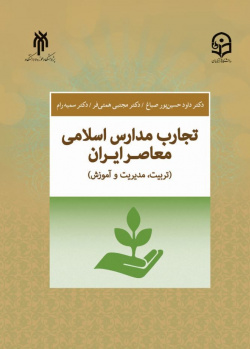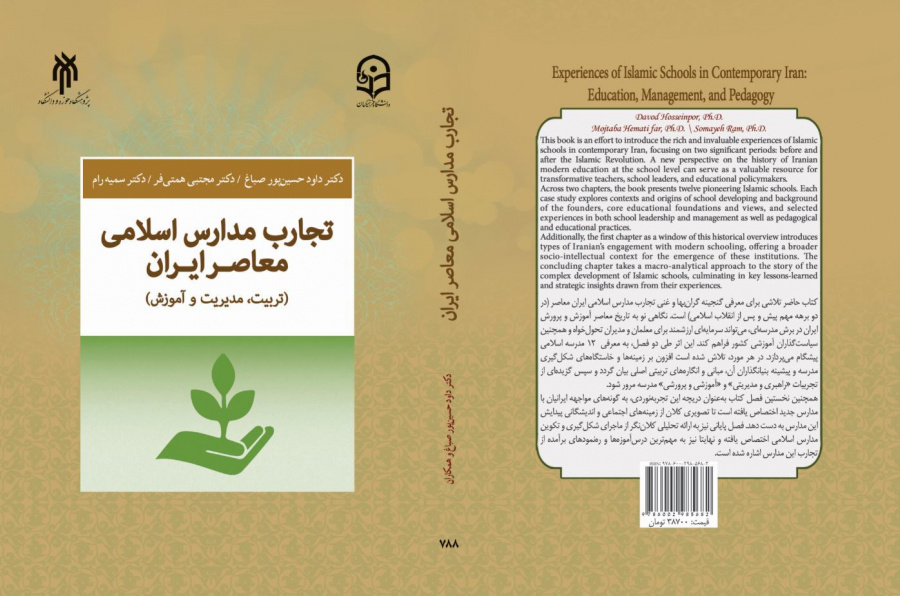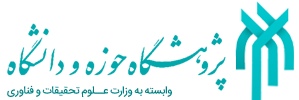



تجارب مدارس اسلامی معاصر ایران
Experiences of Islamic Schools in Contemporary Iran: Education, Management, and Pedagogy
کتاب حاضر تلاشی برای معرفی گنجینه گرانبها و غنی تجارب مدارس اسلامی ایران معاصر (در دو برهه مهم پیش و پس از انقلاب اسلامی) است. نگاهی نو به تاریخ معاصر آموزش و پرورش ایران در برش مدرسهای، میتواند سرمایهای ارزشمند برای معلمان و مدیران تحولخواه و همچنین سیاستگذاران آموزشی کشور فراهم کند. این اثر طی دو فصل، به معرفی ۱۲ مدرسه اسلامی پیشگام میپردازد. در هر مورد، تلاش شده است افزون بر زمینهها و خاستگاههای شکلگیری مدرسه و پیشینه بنیانگذاران آن، مبانی و انگارههای تربیتی اصلی بیان گردد و سپس گزیدهای از تجربیات «راهبری و مدیریتی» و «آموزشی و پرورشی» مدرسه مرور شود.
همچنین نخستین فصل کتاب بهعنوان دریچه این تجربهنوردی، به گونههای مواجهه ایرانیان با مدارس جدید اختصاص یافته است تا تصویری کلان از زمینههای اجتماعی و اندیشگانی پیدایش این مدارس به دست دهد. فصل پایانی نیز به ارائه تحلیلی کلاننگر از ماجرای شکلگیری و تکوین مدارس اسلامی اختصاص یافته و نهایتاً نیز به مهمترین درسآموزهها و رهنمودهای برآمده از تجارب این مدارس اشاره شده است.
Davod Hosseinpor, Ph.D.
Mojtaba Hemati far, Ph.D. \ Somayeh Ram, Ph.D.
This book is an effort to introduce the rich and invaluable experiences of Islamic schools in contemporary Iran, focusing on two significant periods: before and after the Islamic Revolution. A new perspective on the history of Iranian modern education at the school level can serve as a valuable resource for transformative teachers, school leaders, and educational policymakers.
Across two chapters, the book presents twelve pioneering Islamic schools. Each case study explores contexts and origins of school developing and background of the founders, core educational foundations and views, and selected experiences in both school leadership and management as well as pedagogical and educational practices.
Additionally, the first chapter as a window of this historical overview introduces types of Iranian’s engagement with modern schooling, offering a broader socio-intellectual context for the emergence of these institutions. The concluding chapter takes a macro-analytical approach to the story of the complex development of Islamic schools, culminating in key lessons-learned and strategic insights drawn from their experiences.
